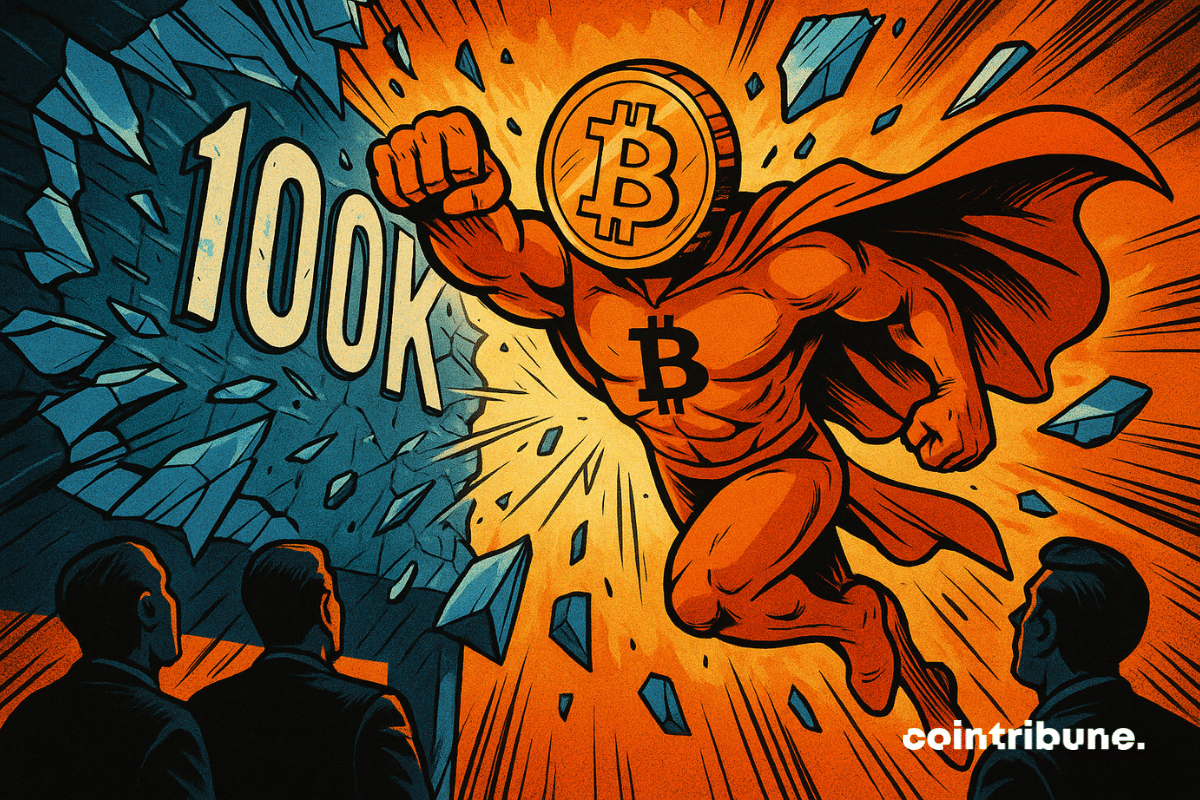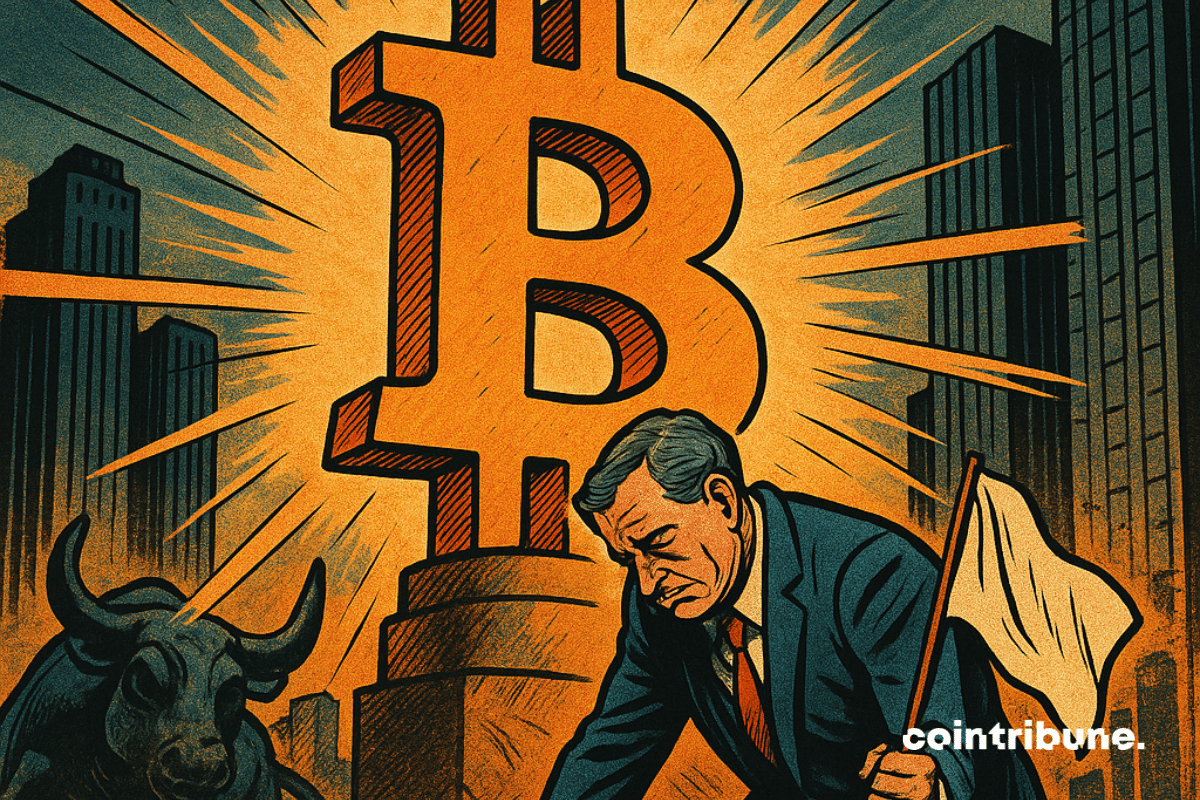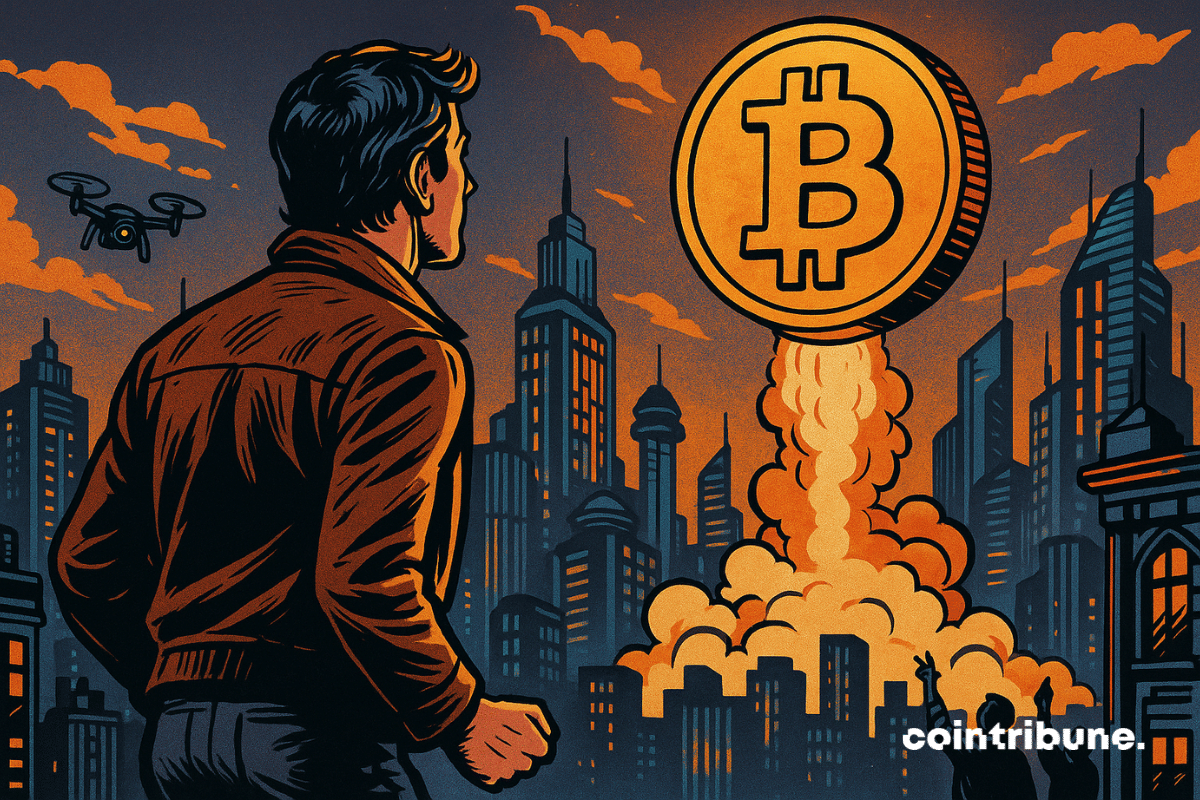Open interest in bitcoin reaches a record $72 billion. Discover how this could propel BTC to new heights.
Archive 2025
Bitcoin surpassed the symbolic threshold of 107,500 dollars yesterday, nearing its historical record at just 2% off the peak. Despite a dip to 106,200 dollars today, the queen of cryptos still shows remarkable health. This outstanding performance continues to be fueled by a massive influx of institutional capital and an overall euphoric market sentiment. Will the psychological barrier of 110,000 dollars be crossed this week?
After a strong bullish impulse, Solana enters a consolidation phase. Find our complete analysis and the current technical outlook for SOL.
In a world where DeFi still has to prove itself, Credefi emerges at the right moment. Its mission? To offer useful finance, rooted in the real economy. At TOKEN2049, the global summit of Web3, the team was able to connect investors and tangible assets. Their model, based on European SMEs, combines security and yield. Away from the noise, Credefi moves forward methodically. And this is just the beginning. If Europe is its foundation, the United States will be its next conquest, with a discreet yet solid strategy. The direction is clear. The tempo, perfectly controlled.
As the conflict in Ukraine bogs down, the European Union crosses a strategic threshold. On May 20th, Brussels adopted a 17th round of sanctions targeting previously less exposed entities: the Russian ghost fleet, a logistical pillar of oil evasion. This maneuver, synchronized with London, marks a turning point in the economic war waged against Moscow. By hardening its stance, the EU aims to weaken the opaque circuits financing the Russian military effort and maintain pressure on its foreign supporters.
The world of traditional finance has just experienced a decisive turning point. Jamie Dimon, one of the most vocal critics of bitcoin, has finally capitulated. This spectacular turnaround by the CEO of JPMorgan Chase signifies much more than just a change in business strategy: it is the entire financial establishment that is reluctantly acknowledging the growing legitimacy of Satoshi Nakamoto's invention.
A new record is in the works for bitcoin. Good news from the US is piling up and even better news is on the way soon.
Dogecoin rose 3%, causing $5.2M in short liquidations and signaling possible bullish momentum ahead.
Bitcoin shatters a new historical record of over $109,000, rekindling investor enthusiasm. This unprecedented peak marks a victory against geopolitical uncertainties, revealing the resilience and growing attractiveness of crypto in a rapidly changing financial world.
Bitcoin has just set a new historical record by reaching the symbolic threshold of 110,000 dollars. This spectacular surge confirms the meteoric rise of the queen of crypto, fueled by massive enthusiasm and an exceptional market dynamic. This crucial threshold marks a decisive step, reinforcing BTC's position as an essential asset in the global financial landscape.









